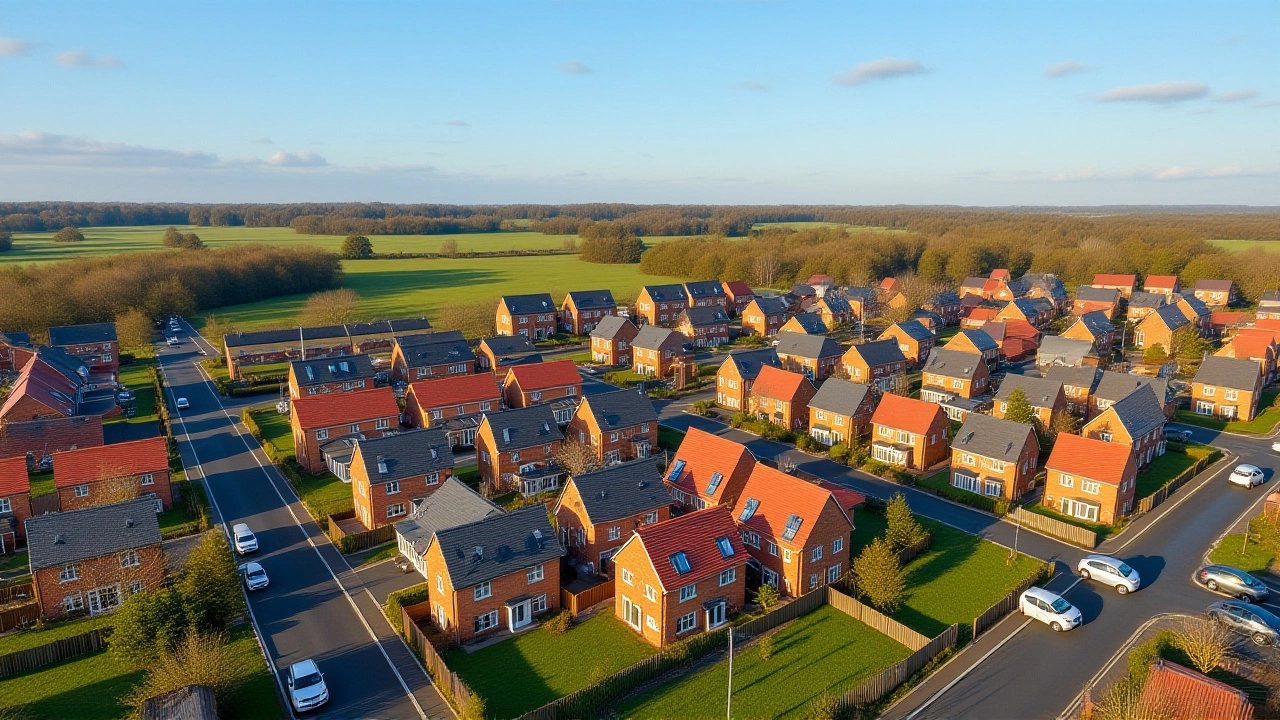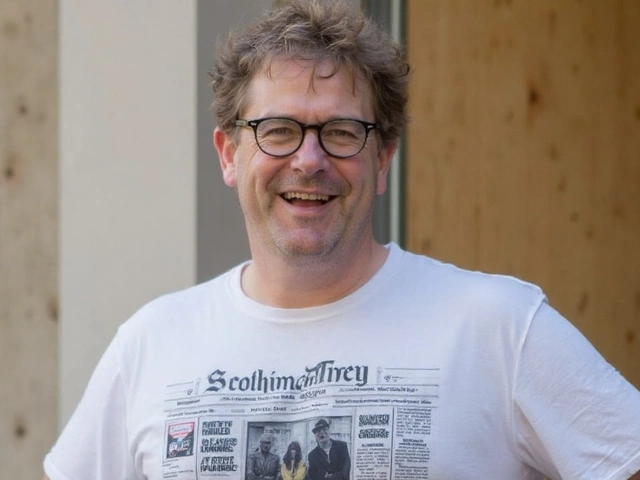London’s biggest housing providers are bracing for a £3.6 billion price tag on fire‑safety upgrades, a bill that could slash thousands of new homes from the capital’s pipeline. The forecast comes from G15, the collective of the city’s 15 largest housing associations, which warned that remediation costs between 2021 and 2036 will dwarf the sector’s capacity to build affordable homes.
The warning was lodged in a submission to the Select Committee inquiry into building safetyLondon on 14 January 2025. It paints a stark picture: as fire‑safety works eat up budgets, the G15’s members are forced to cut housing targets by up to 70 %.
Background: From Grenfell to a Nationwide Safety Crisis
The tragic 2017 Grenfell Tower fire ignited a regulatory overhaul that still reverberates today. In the aftermath, the government introduced the Building Safety Fund – a £5 billion pot intended to help owners of high‑rise blocks (over 18 m tall) remediate cladding and other hazards. Yet, until June 2025, social landlords could only tap the fund if the costs threatened their financial viability or would otherwise be passed on to leaseholders.
This restriction meant that roughly 90 % of the money flowed to private owners, while social housing providers – which manage over 600 000 homes in London and the South East – were left to foot the bill themselves. Kate Henderson, Chief Executive of the National Housing Federation condemned the scheme as “immoral and unfair”.
Cost Projections and Housing Targets
Within the G15, two names dominate the headlines. L&Q, which owns and manages about 105 000 homes across the capital, now estimates its fire‑safety bill will hit nearly £450 million. That translates into the loss of roughly 10 000 potential new homes – half of which would have been social‑rent units.
In a March 2023 briefing, L&Q told Inside Housing that it would trim its annual house‑building ambition from 10 000 to just 3 000 homes over the next five years. The cut mirrors the experience of Optivo, which scrapped 2 000 homes from its original 4 500‑home target for the 2020‑2023 period. About 85 % of those homes were earmarked as affordable housing, meaning the squeeze hits the most vulnerable first.
Other members of the G15 have reported similar pressure. The group’s 2019 projection of £6.8 billion in fire‑safety costs has been revised down each year – to £1.2 billion in October 2020, then to nearly £3 billion in February 2021 for the 2019/20‑2031/32 window. Even the latest £3.6 billion estimate reflects a cumulative rise that could balloon further if new safety concerns emerge.
Government Funding and Policy Response
On 11 June 2025, Chancellor Rachel Reeves announced an additional £1 billion earmarked for the Building Safety Fund between FY 2026‑27 and 2029‑30. The money is meant to give social landlords “equal access” to remediation grants, a direct response to the criticism that the fund had been skewed toward private owners.
In parallel, the Ministry of Housing, Communities and Local Government (MHCLG) – the body that runs the wider remediation portfolio – expects to address between 9 000 and 12 000 residential blocks taller than 11 m. Buildings below that height are currently excluded from direct grant support, with the government assuming that simpler measures such as fire alarms will suffice.
The Mayor of London, Sadiq Khan, has pushed for a universal protection scheme that shields leaseholders from any remediation costs, regardless of building height. He also floated a “groundbreaking levy” on major private developers that could generate an extra £3 billion for safety upgrades.
Impact on Affordable Housing
The financial hit is not just a numbers game; it reshapes the city’s housing landscape. With L&Q’s cut alone, the capital could lose 10 000 homes that would have provided affordable rent or sales options. Optivo’s 2 000‑home reduction represents a similar dent, especially as 85 % of those units were slated for low‑income families.
Industry analysts warn that the combined effect of fire‑safety remediation and the parallel push for decarbonisation upgrades could erase up to 70 % of the sector’s projected new‑home pipeline if no extra funding arrives. The ripple is already visible in waiting‑list lengths, which have swelled by an estimated 15 % since 2022, according to the National Housing Federation.
Outlook and Expert Views
Housing policy experts argue that the current funding patch is a stop‑gap. “Unless the government commits a sustained, ring‑fenced stream of cash, we’ll see a generational shortfall of affordable homes,” says Dr. Helena Miles, senior fellow at the London School of Economics’s Housing Centre.
Meanwhile, the G15 is exploring alternative finance routes, including green bonds that could bundle safety and carbon‑reduction works. Network Homes, another G15 member, has already begun offering interest‑free loans to leaseholders to cover interim safety costs – a move that signals the sector’s willingness to shoulder short‑term burdens while lobbying for longer‑term relief.
What’s clear is that fire‑safety compliance has become the new budgeting headline, pushing housing associations to juggle safety, affordability, and sustainability all at once. The next budget will likely be a make‑or‑break moment for London’s affordable‑housing ambitions.
- £3.6 bn projected fire‑safety spend (2021‑2036)
- L&Q: £450 m cost → 10 000 homes lost
- Optivo: 2 000 affordable homes cut
- Building Safety Fund: £5 bn total, only 10 % previously reached social landlords
- New £1 bn government boost announced June 2025
Frequently Asked Questions
How will the £3.6 bn fire‑safety bill affect affordable housing in London?
The bill forces major housing providers like L&Q and Optivo to slash thousands of planned units, most of which were earmarked as affordable homes. In total, roughly 12 000 potential affordable units could disappear, widening the gap between demand and supply for low‑income families.
What changes did Chancellor Rachel Reeves announce on June 11 2025?
Reeves unveiled an extra £1 billion for the Building Safety Fund, earmarked for the 2026‑27 to 2029‑30 financial years. The funding is intended to give social housing landlords equal access to grants, correcting the previous imbalance where 90 % of the money went to private owners.
Why were social landlords previously barred from most of the Building Safety Fund?
The original rules limited access to projects where costs would threaten a landlord’s financial viability or be passed on to leaseholders. Since most social housing providers already operate on thin margins, they were deemed financially viable, leaving them to self‑fund the remediation.
What alternative financing are housing associations considering?
Some members of the G15 are looking at green bonds that combine fire‑safety upgrades with carbon‑reduction projects, hoping to attract environmentally‑focused investors. Network Homes also offers interest‑free loans to leaseholders to cover interim safety costs.
What is the Mayor of London’s proposal to fund remediation?
Mayor Sadiq Khan has suggested a levy on major private developers that could raise about £3 billion for building safety work, alongside a push for universal leaseholder protection regardless of building height.



